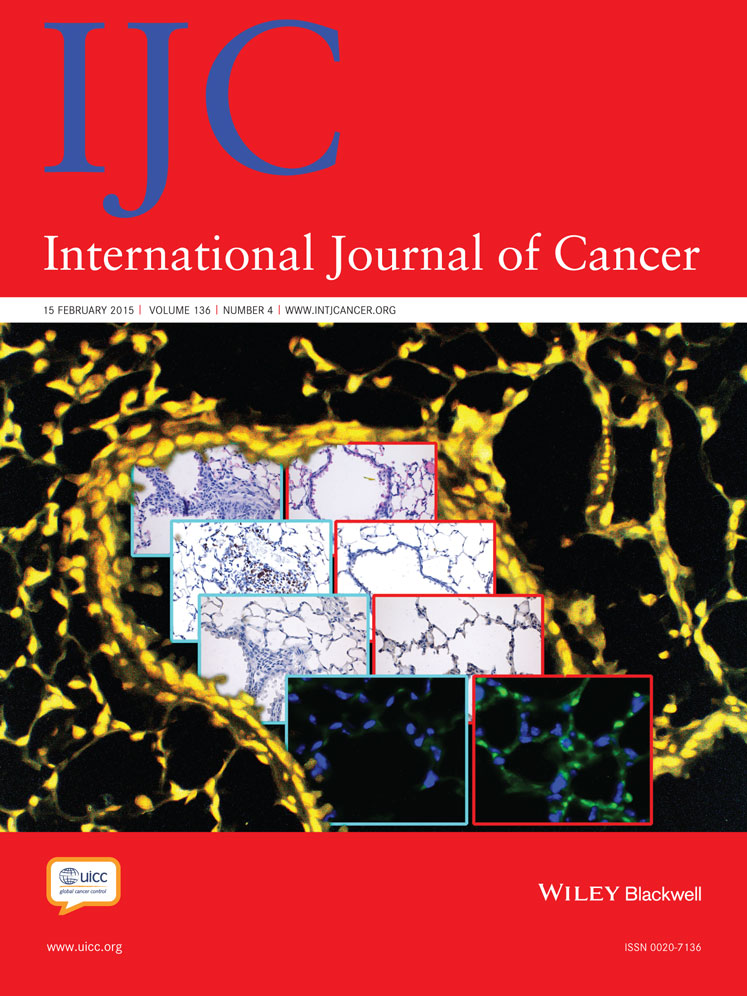A melanin-independent interaction between Mc1r and Met signaling pathways is required for HGF-dependent melanoma
Published 2014. This article is a US Government work and, as such, is in the public domain of the United States of America.
Faith M. Strickland's current address is: Department of Internal Medicine, Rheumatology Division, The University of Michigan, Ann Arbor, MI 48109-2200
Albert Wielgus's current address is: Lineberger Comprehensive Cancer Center, 160 N. Medical Dr., University of North Carolina, Chapel Hill, NC 27599, USA
Abstract
Melanocortin 1 receptor (MC1R) signaling stimulates black eumelanin production through a cAMP-dependent pathway. MC1R polymorphisms can impair this process, resulting in a predominance of red phaeomelanin. The red hair, fair skin and UV sensitive phenotype is a well-described melanoma risk factor. MC1R polymorphisms also confer melanoma risk independent of pigment. We investigated the effect of Mc1r deficiency in a mouse model of UV-induced melanoma. C57BL/6-Mc1r+/+-HGF transgenic mice have a characteristic hyperpigmented black phenotype with extra-follicular dermal melanocytes located at the dermal/epidermal junction. UVB induces melanoma, independent of melanin pigmentation, but UVA-induced and spontaneous melanomas are dependent on black eumelanin. We crossed these mice with yellow C57BL/6-Mc1re/e animals which have a non-functional Mc1r and produce predominantly yellow phaeomelanin. Yellow C57BL/6-Mc1re/e-HGF mice produced no melanoma in response to UVR or spontaneously even though the HGF transgene and its receptor Met were expressed. Total melanin was less than in C57BL/6-Mc1r+/+-HGF mice, hyperpigmentation was not observed and there were few extra-follicular melanocytes. Thus, functional Mc1r was required for expression of the transgenic HGF phenotype. Heterozygous C57BL/6-Mc1re/+-HGF mice were black and hyperpigmented and, although extra-follicular melanocytes and skin melanin content were similar to C57BL/6-Mc1r+/+-HGF animals, they developed UV-induced and spontaneous melanomas with significantly less efficiency by all criteria. Thus, heterozygosity for Mc1r was sufficient to restore the transgenic HGF phenotype but insufficient to fully restore melanoma. We conclude that a previously unsuspected melanin-independent interaction between Mc1r and Met signaling pathways is required for HGF-dependent melanoma and postulate that this pathway is involved in human melanoma.
Abstract
What's new?
Melanocortin 1 receptor (MC1R), which plays a central role in the production of melanin, is subject to marked genetic variation, with certain variants increasing melanoma risk through fair skin phenotype. Others MCR1 variants, however, influence melanoma risk through pigment-independent alterations. Such variants may include those that affect interactions between Mc1r and hepatocyte growth factor (HGF)/Met signaling, as suggested by this investigation of Mcr1 deficiency in a UV-induced melanoma mouse model. HGF has been implicated in tumor escape from B-RAF inhibitors in human melanoma, and MET is a target for melanoma therapy, suggesting potential therapeutic significance for the findings.




